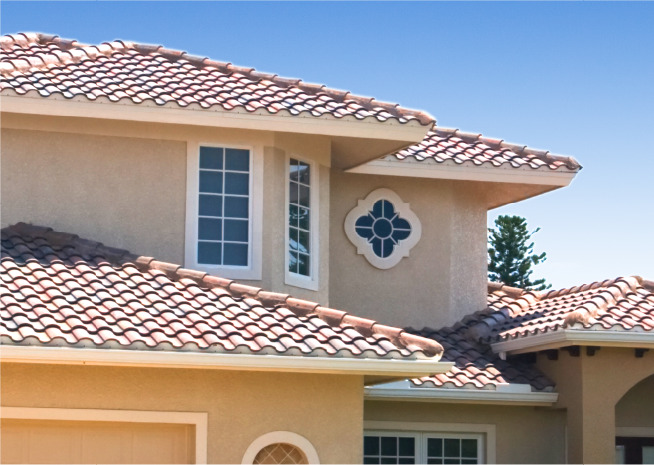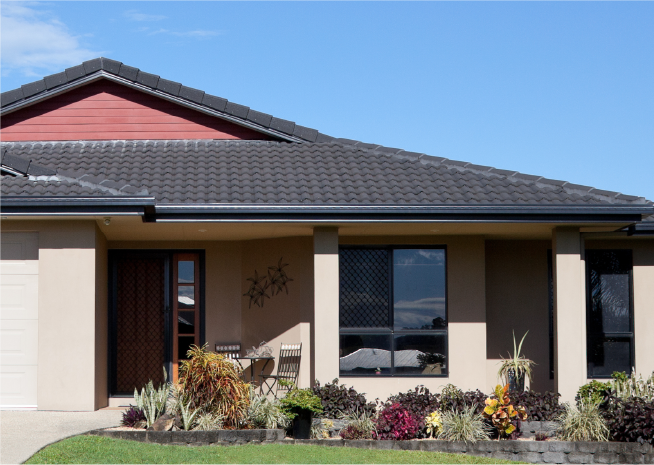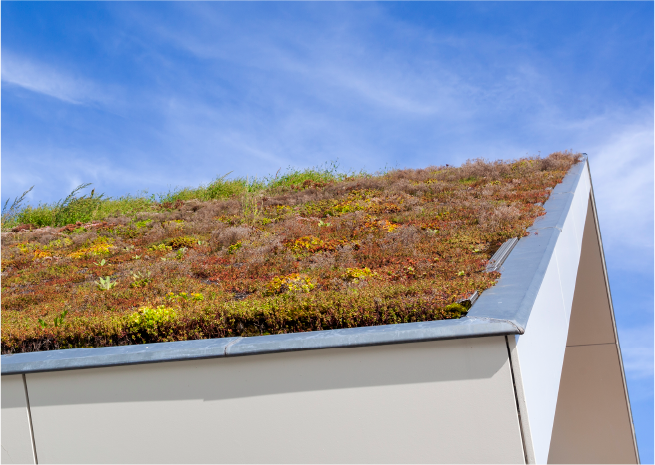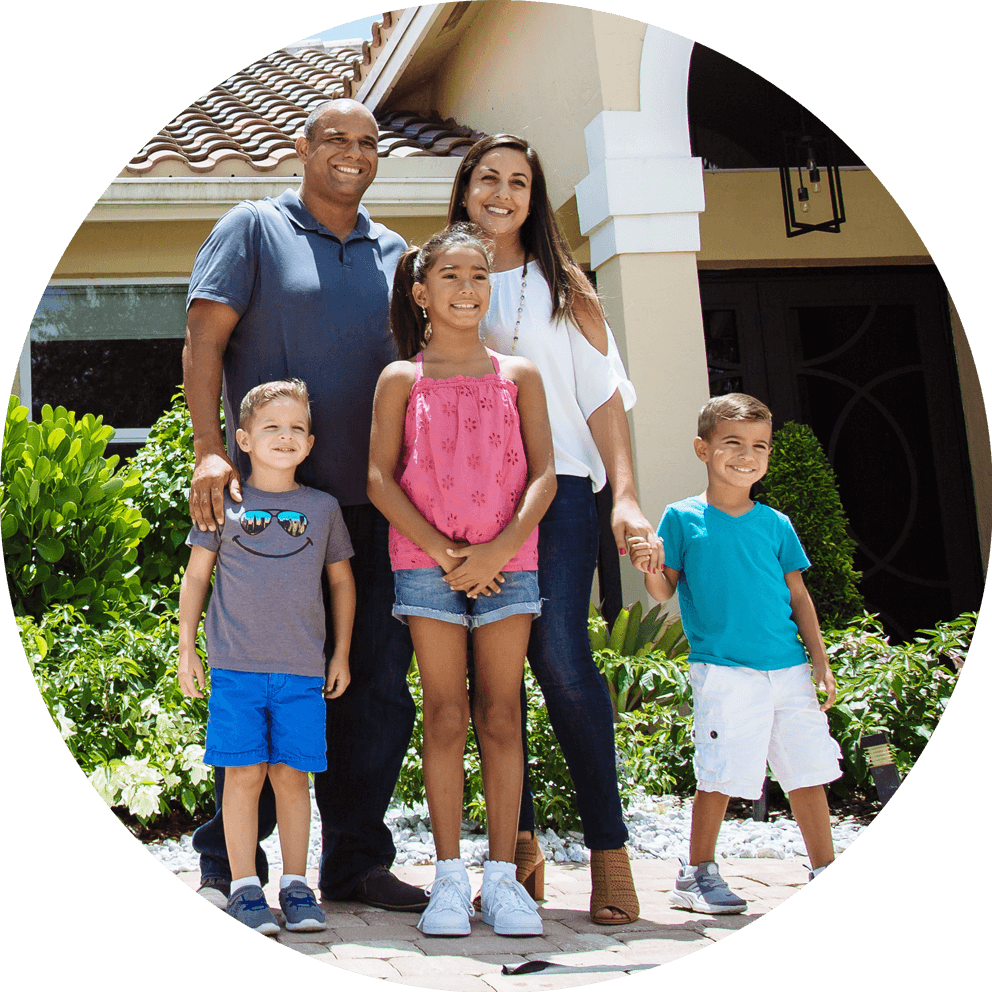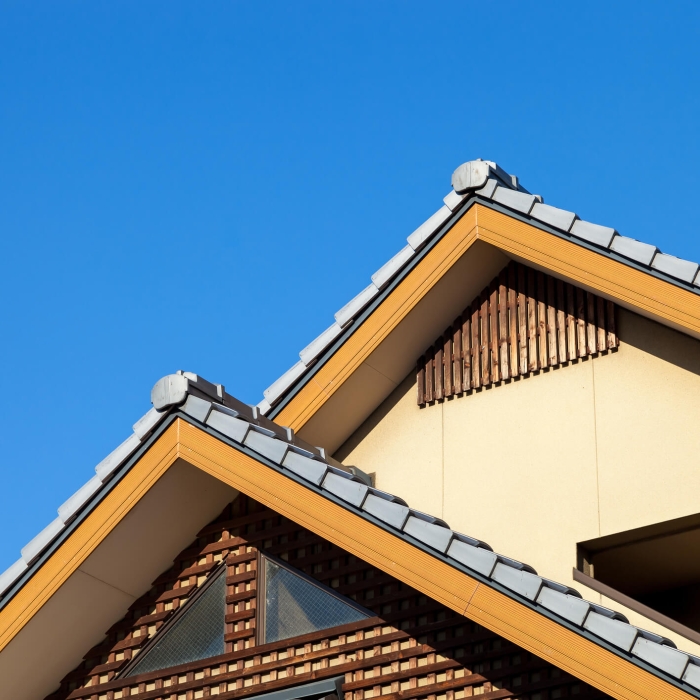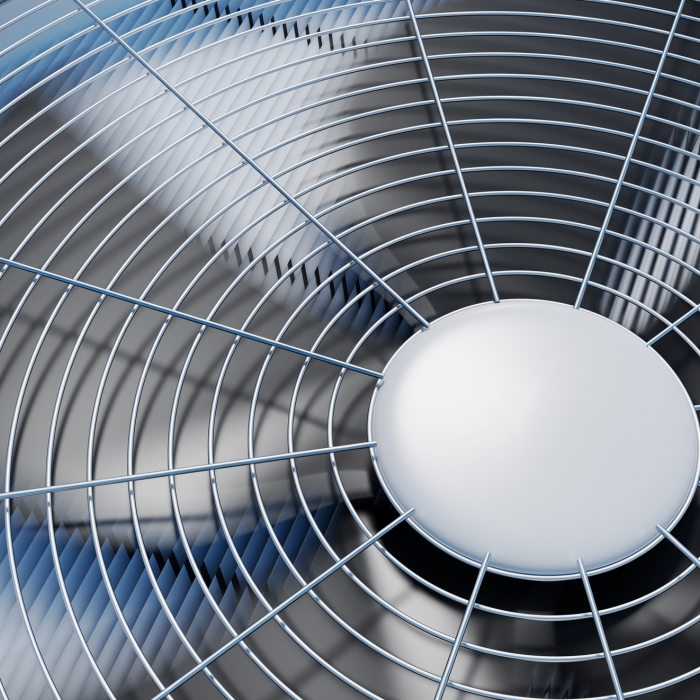Relax, you’re covered.
Energy efficient roofing systems provide major benefits:
Is it time to replace your roof?
The average roof lasts 20–25 years, but most people don’t realize they need a new one until there’s a leak. Have your roof inspected by a roofing company, or take a look yourself. Check for curling, buckling or missing shingles, especially in the "valleys" where water drains into gutters.
You’ve got options.
If you do need a new roof, keep in mind there are many types of roofing materials to consider—from metal to asphalt, concrete tile, clay tile, polyurethane and much more.
Of course, energy-efficient roofing options offer additional benefits worth exploring.
A better way to pay for an energy saving roof.
Ygrene’s PACE financing is based on the equity in your home, not your credit score. From application to picking a contractor, we’re with you every step of the way.
See if your property qualifies in just seconds.
Choosing the right energy saving roof installer
Independent roofing contractors authorized to offer Ygrene are always licensed and insured. Quality installers offer workmanship and equipment warranties and are transparent about when and how they use sub-contractors.
FAQ:
The simplest option is to buy a cool-roof coating that can be painted over your existing roof. If your roof is already in need of repair or replacement, or if you are building a new property, we recommend that you consider lighter colors. For flat roofs, a fiber-reinforced PVC membrane (in a light or white color) is also recommended.
A new roof is likely to offer some amount of greater efficiency, simply because it is fully secured and will not be subject to leaks, which can affect insulation and result in higher utility bills. However, not all roofing is created equal. There are those which meet ENERGY STAR® compliance standards, which qualify them as truly “energy-efficient”. There are compliant roofing options that come in asphalt, shake, metal, slate, and tile.
Roofing with high solar reflectance (SR) and thermal emittance (TE) properties are known as "cool roofs." These properties help reduce electricity used for air conditioning by lowering roof temperatures on hot, sunny days. Solar reflectance refers to a material's ability to reflect the sun's solar energy back into the atmosphere. Thermal emittance provides a means of quantifying how much of the absorbed heat is rejected for a given material. Both properties are measured from 0 to 1 and the higher the value, the "cooler" the roof. Together, efficient roofing with these properties can help absorb less heat and stay up to 50-60°F cooler than conventional materials during peak summer weather.
Because energy saving roofing doesn’t absorb heat the way other types of roofing do, they tend to age more slowly, and last longer before needing repairs. Many of them are also algae and wind resistant, for those who live in tropical clients, or those subject to storm seasons.
Lastly, cool roofing is considered more environmentally friendly because your home will require less energy to maintain comfortable temperature levels.
Get approved for new, efficient roofing today!
1Timing of first payment depends on date of funding; interest accrues after funding.
2While Ygrene does not consider your credit score, we complete a soft credit pull to verify certain underwriting criteria. A soft credit pull does not affect your credit score.



